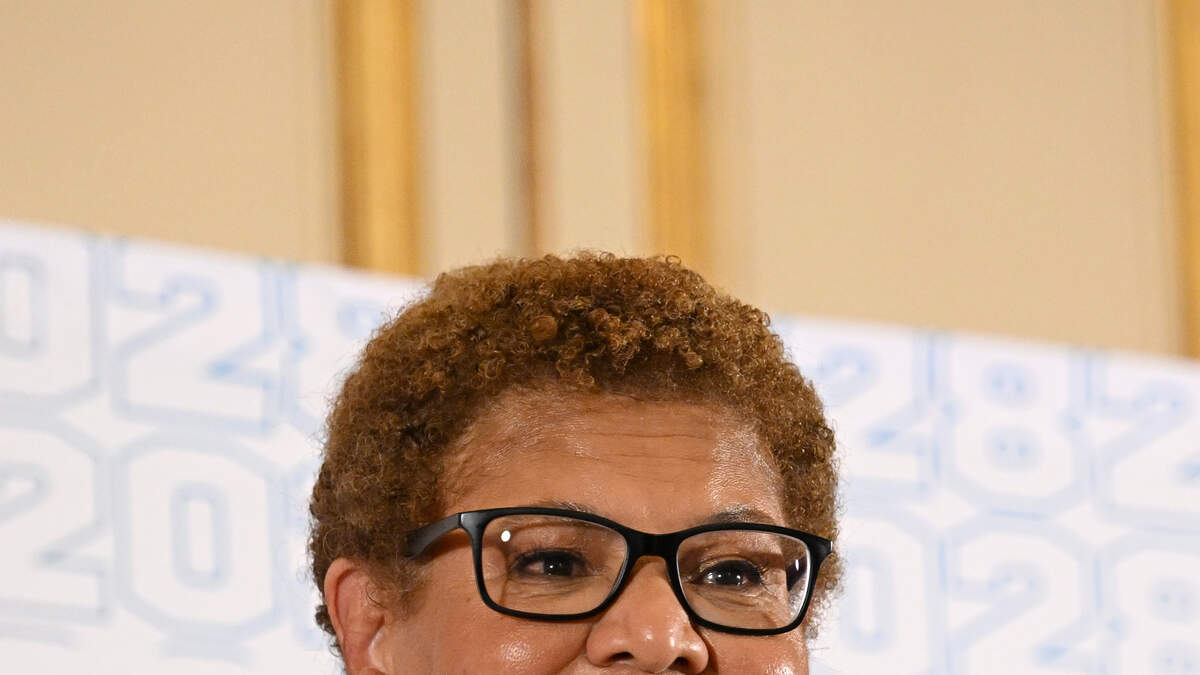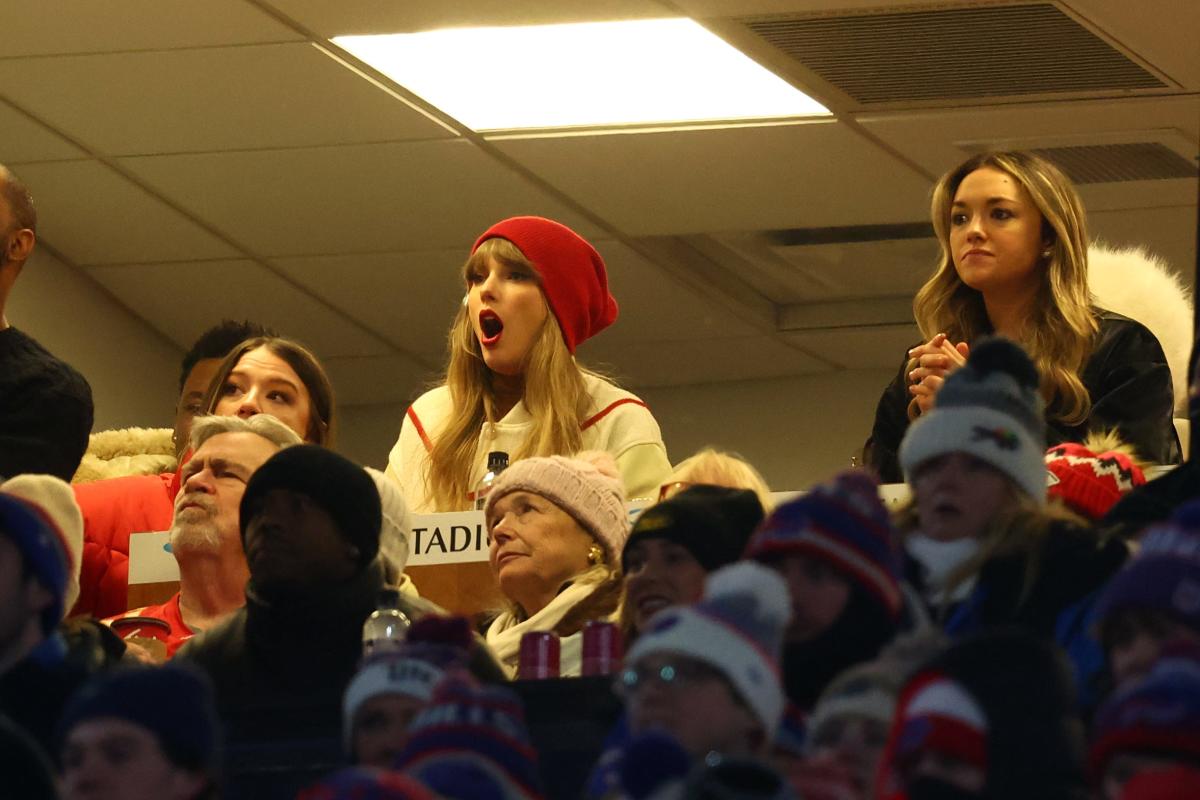LOS ANGELES (CNS) – Los Angeles Mayor Karen Bass has signed off on her eighth executive directive, this one focused on streamlining the permit processes for local film and TV shoots in a effort to boost production, her office announced Wednesday.
“The entertainment industry is core to our economy and it is also core to our city’s identity and City Hall is going to do everything we can to support it,” Bass said in a statement. “This executive directive is my pledge that the city is renewing its support for the entertainment industry and is expected to provide the highest level of customer service as we work to make sure that Hollywood stabilizes.”
The directive designates staff and resources toward the effort, and requires city departments to do the following:
— Meet with external industry stakeholders on a quarterly basis to discuss and address production-related challenges;
— Designate a “film liaison” staff member from key departments to participate in the quarterly meetings, and have them be available to industry officials to assist them city processes; and
— Review internal department processes and make recommendations to streamline and facilitate the permitting and review process for filming.
The entertainment industry contributes more than $115 billion annually to the region’s economy and provides jobs to more than 681,000 individuals across various professions, according to recent data from the Los Angeles Economic Development Corporation.
“However, despite its significant presence in Los Angeles, the city’s entertainment industry faces the challenge of production leakage to other markets. Without strategic intervention, the allure of competing locales threatens to divert resources and jobs away from the city,” Bass’ directive reads.
Last month, Bass convened her inaugural Entertainment Industry Council to draw upon senior entertainment industry leaders’ expertise. Members of the council include EllenEllen Goldsmith-Vein, CEO and founder of The Gotham Group; Cookie Parker, co-founder and board member of Yes2Jobs; Charlie Rivkin, chairman and CEO of Motion Picture Association; Karla Sayles, deputy director of the CA Film Commission; Amy Lemisch, studio and production policy for Netflix; and Ri-Karlo Handy, founder and CEO of Handy Foundation, among others.
FilmLA, a partner film office for the city and county of Los Angeles and other local jurisdictions, released two reports in July covering regional film production activity and sound stage production. The group found that producers continue to face challenges following the impacts of the dual writers and actors strike last year, as local on-location filming declined by 12.4% year-over-year from April through June.
On-location production stood at 5,749 shoot days in the second quarter of 2024 with reductions in feature film down 3.3% to 704 shoot days and commercial production down 5.1% to 817 shoot days.
However, the largest decline was in filming of reality TV, which fell by 56.9% to 868 shoot days in the latest quarter.
But as part of the larger television categories, scripted content production such as TV drama production increased by 98.3% to 714 shoot days, and TV comedy production rose by 103% to 171 shoot days.
Production of TV pilots also increased by 54.5% to 17 shoot days, according to the report.
FilmLA analysts pointed out that for the studios that produce, purchase and distribute entertainment content, investor emphasis on financial austerity/profitability over new subscriber growth, plus a wave of corporate mergers, continues to limit new content investment.
FilmLA’s VP of Integrated Communications Philip Sokoloski said that the rest of the year will “look better — on paper,” pending successful contract negotiations that might spur investment in new content.
As part of FilmLA’s regional survey of sound stage occupancy and certified studio-based production, the report — covering January through June 2023 — found use of these facilities dropped below 74%. That is the lowest reported occupancy level observed by the organization since officials began conducting the study in 2016.





